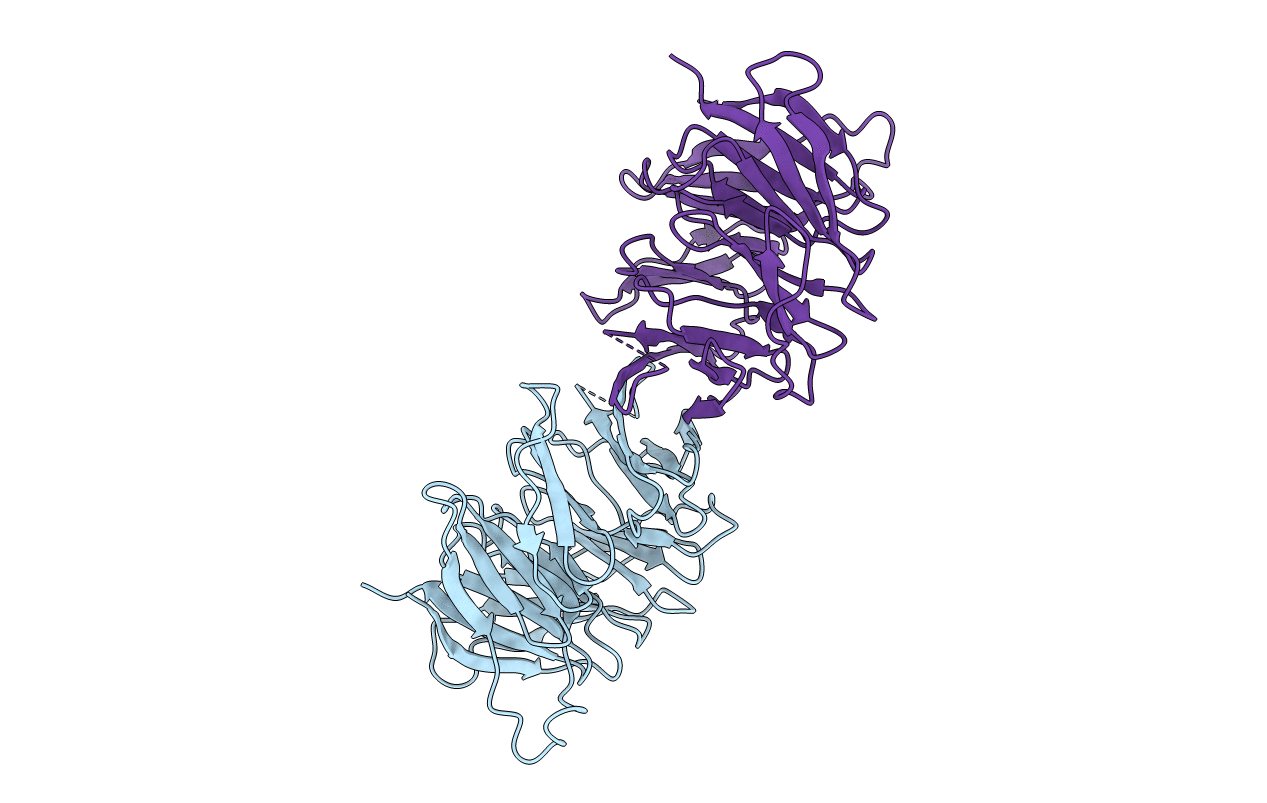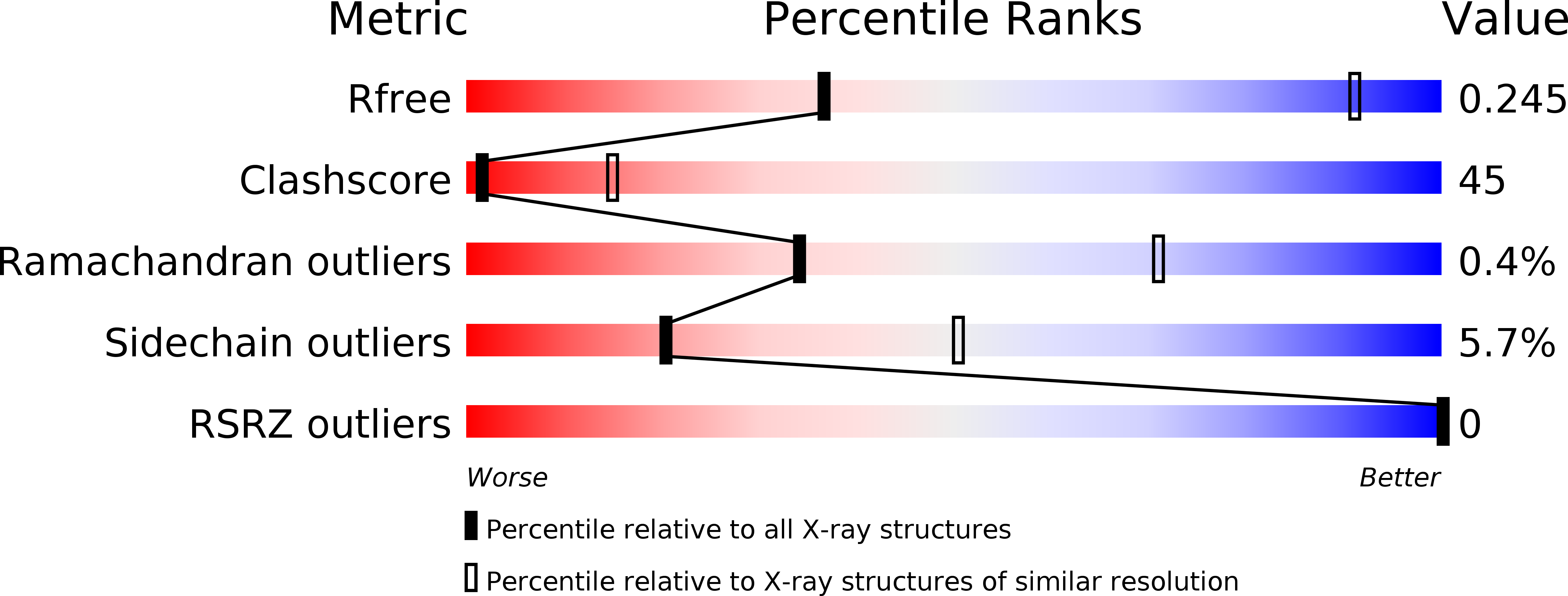
Deposition Date
2011-04-06
Release Date
2011-07-06
Last Version Date
2023-11-01
Entry Detail
PDB ID:
3RFG
Keywords:
Title:
Crystal structure of the yeast RACK1 dimer in space group P63
Biological Source:
Source Organism:
Saccharomyces cerevisiae (Taxon ID: 559292)
Host Organism:
Method Details:
Experimental Method:
Resolution:
3.90 Å
R-Value Free:
0.25
R-Value Work:
0.21
R-Value Observed:
0.22
Space Group:
P 63


